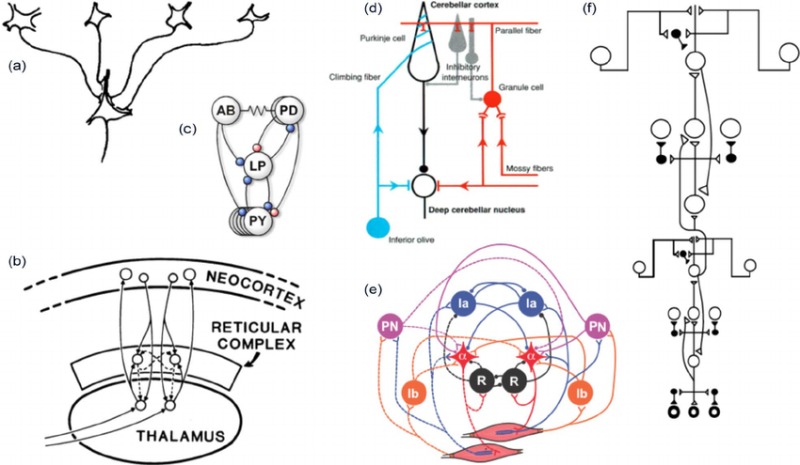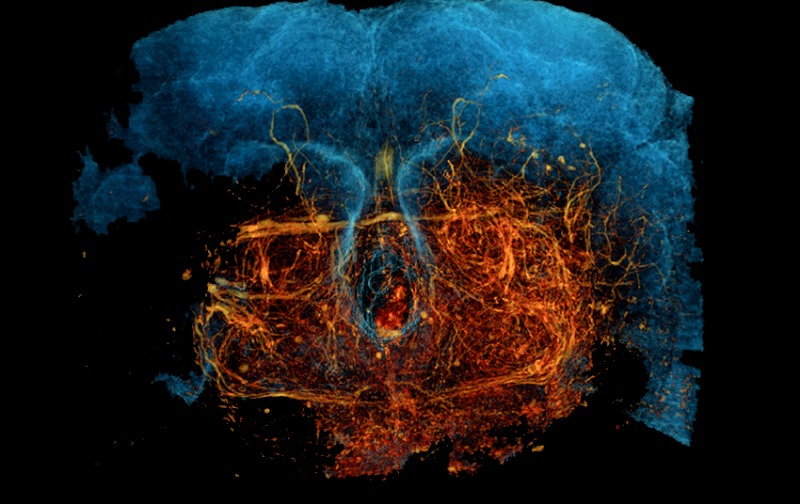Understanding neural circuits is a foundational component of neurosciences to gain insight into how the brain processes and transmits information. The more that researchers unravel the mysteries of neural nets, the more they realize how much they need a vast, well-organized database.
That’s where NeuronBank comes in, a quickly moving project to crowd-source, standardize, and refine the data on individual neuron types and trillions of connections. Making such data public is critical for the research community, which is working to create and interpret a full-scale brain-wide atlas of neural circuit maps. This post explores why NeuronBank is essential for pushing the neuroscience frontier of neural circuit mapping.
What is Neural Circuit Mapping?
For scientific purposes, neural circuit mapping means creating an exhaustive diagram of the interconnections between neurons in our brain and central nervous system.
The maps, or “neural maps,” describe to scientists the nature of the communication between neurons and how specific activities in the nervous system are being accomplished. By drawing these connections, the researchers hope to learn more about the structures at work in various brain functions — from cognition and memory to coordinating different types of movement.
A map of a neural circuit recognizes the locations, types of neurons, together with their connections to other neurons. The connections — known as synapses — can then be either excitatory or inhibitory and help to dictate how signals should move across the neural network.
Knowing where these connections are is important because they give us an idea of how information moves within the brain as well as how treatments for individual brain regions may also impact other areas.
The role of NeuronBank in Neural Circuit Mapping
NeuronBank, in turn, is a virtual organism designed to compile and organize huge volumes of data on the properties of neurons and their connections. NeuronBank is a single repository for recording identified neurons and their synaptic relationships to facilitate neural circuit mapping.
We are closing the door for any researcher who wants to go through fragmented publications of decades and data to search; instead, we provide another room, which is a consolidated database powered by the knowledge present till now.
But NeuronBank has another value beyond being just a repository of neuron data. The platform also makes it easier for researchers to compare newly identified neurons to those previously described and even brings a way to identify new neurons and synaptic configurations.
This is especially important for building neural circuit maps that are both accurate and comprehensive, as it allows researchers to cross-reference their work with an ever-increasing body of knowledge.
Why is Neural Circuit Mapping important?
There are a number of reasons why neural circuit mapping is so important. First and foremost, it acts as a roadmap for how information is processed in the brain. The brain is a myriad-splendored thing of billions of interconnected neurons, and the way they connect determines how the brain works.
Visualization of the circuits and connections that activate as information moves through the brain could enable researchers to build up a picture of how areas are working together to serve memory, learning, or attention.
Furthermore, these neural circuit maps have important implications for our understanding of the brain and brain disorders. For example, disorders like Alzheimer’s disease, epilepsy, and schizophrenia are believed to occur due to misbehaving neural circuits.
By discovering and studying neural maps, scientists can determine which circuits are dysfunctional in these diseases and develop specific treatments to restore functioning.
Researchers specializing in artificial intelligence and machine learning should be especially interested in the map of neural circuits. By using the neural networks in the human brain, researchers can create highly efficient algorithms that impart cognition to computerized systems just as humans do. Running signal data through the brain’s wispy-looking sinews offers a direction to develop advanced artificial intelligence that can process information more like biological brains.
How NeuronBank enhances the process of Neural Circuit Mapping
NeuronBank makes mapping brain circuits smoother and more precise by simplifying things in two major ways:
Bringing all the info together
Think of NeuronBank as a super-organized database. Before, scientists had to dig through scattered research papers and deal with confusing neuron names. Now, they can find everything in one place. This makes it so much easier to focus on their research instead of wasting time trying to track down details.
Making data consistent
Imagine trying to work on a project where everyone’s using different tools and instructions—that’s how neural mapping used to feel. NeuronBank changes the game by providing a standard system for recording neurons and their connections, so scientists can compare their findings across studies. It’s like finally getting everyone on the same page, which is essential when creating complete maps of the brain across various species and regions.
Finding new Neurons
Picture NeuronBank as a helpful assistant when it comes to discovering new neurons. It allows researchers to compare a new cell they’ve observed with the neurons already stored in the system. This helps them figure out if they’ve truly found something new, or if it’s already known. This speeds up the process and ensures that neural maps get updated with fresh findings, painting a more detailed picture of the brain.
Closing the gaps in brain maps
Even though we’ve learned a lot about the brain, there are still parts that are not fully understood. NeuronBank steps in by letting scientists share data about neurons that haven’t been fully studied or written about yet. It keeps this valuable information safe and available so that as new discoveries are made, neural maps can keep growing and filling in those unknown areas.
Applications of Neural Circuit Mapping
Neural circuit mapping touches on some fascinating areas that have real-life applications:
How our brains work
Neural mapping helps scientists understand the brain’s hidden workings—how we learn new things, store memories, and make decisions. It’s like finding a map of how our brain processes information, giving insight into how we adapt and react in different situations.
Treating brain disorders
Disorders like Parkinson’s happen when certain circuits in the brain don’t function correctly. For instance, damage to neurons in the motor circuits leads to movement issues. By mapping these circuits, doctors can create treatments like deep brain stimulation to help people regain control of their movements.
Connecting brains with technology
Brain-machine interfaces (BMIs) rely on detailed knowledge of brain circuits. Mapping how the brain controls movement and sensations helps create devices that let people with paralysis move again or restore senses that have been lost.
Creating Smarter AI
The way our brain’s circuits work inspires AI design. By studying these circuits, engineers can build AI that learns and thinks more like humans, leading to smarter robots and more advanced systems that can better understand language or operate independently.
Conclusion
NeuronBank is an incredibly useful platform that changes how we explore neural circuits. It brings researchers together, providing a user-friendly space where they can easily study Neural Circuit Mapping and their connections.
This is important not only for understanding brain functions but also for advancing treatments for brain disorders, improving artificial intelligence, and developing cutting-edge brain-machine interfaces. As NeuronBank continues to expand, it will play a key role in future discoveries about the brain and technology.

